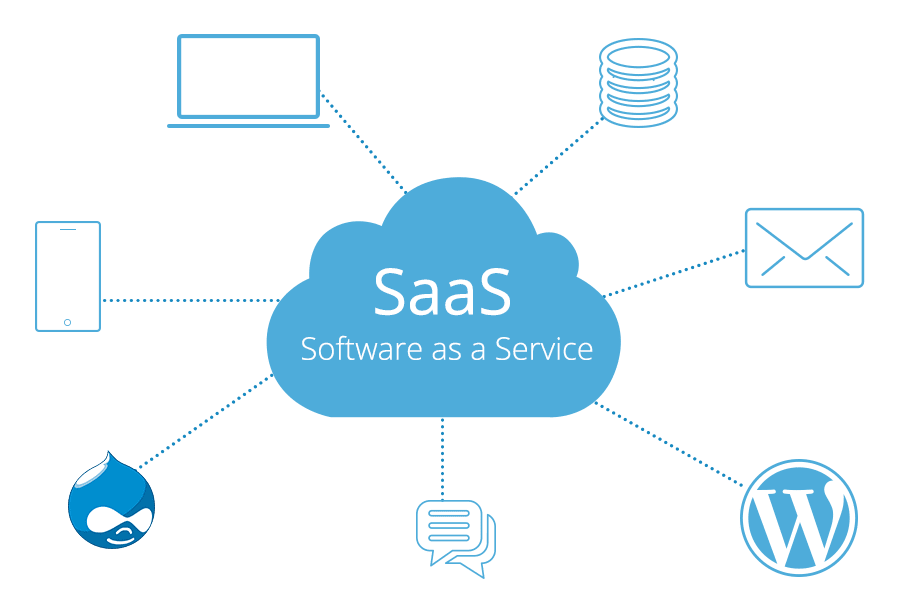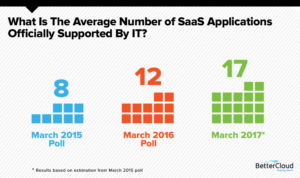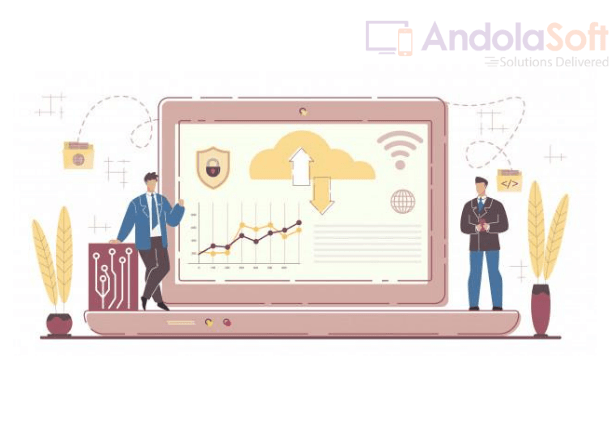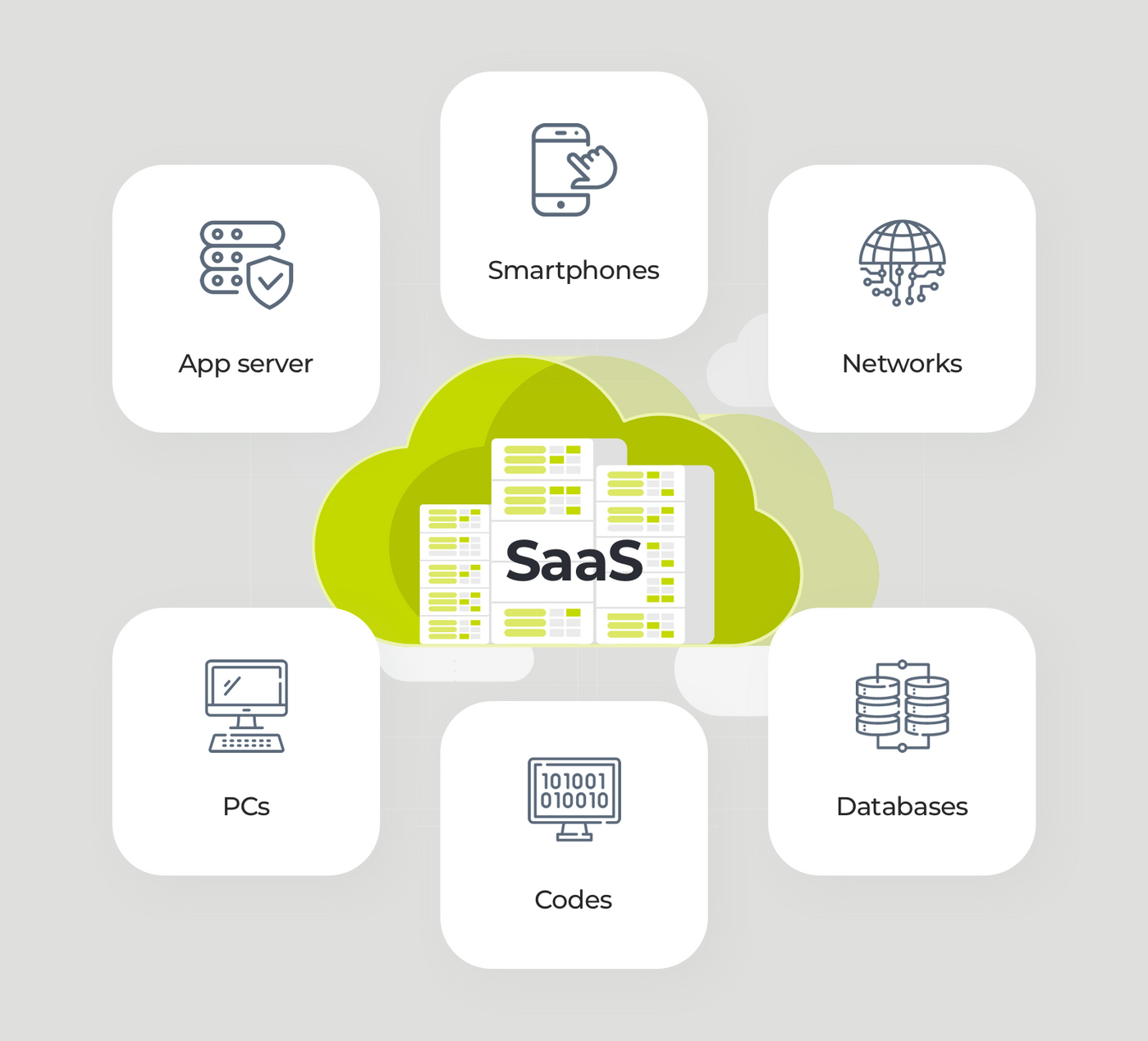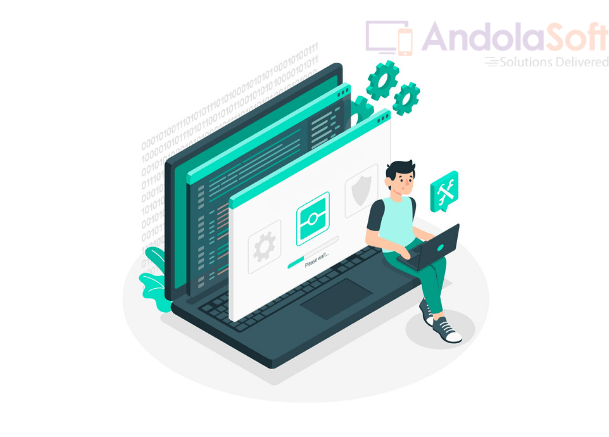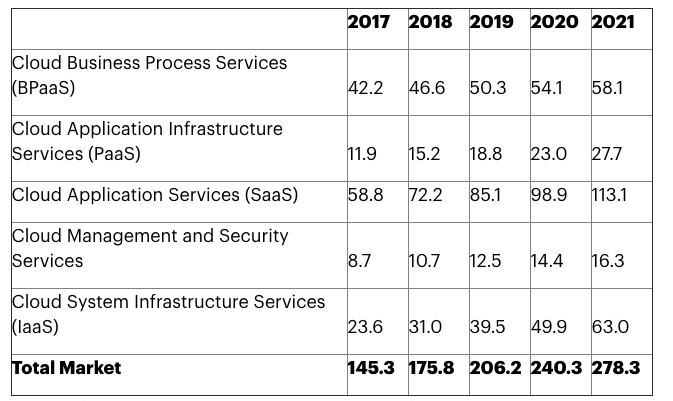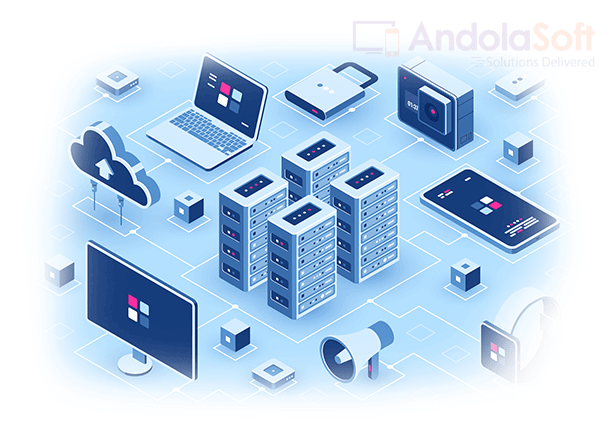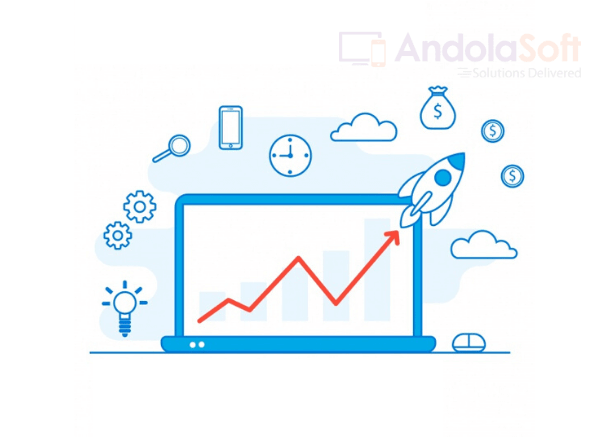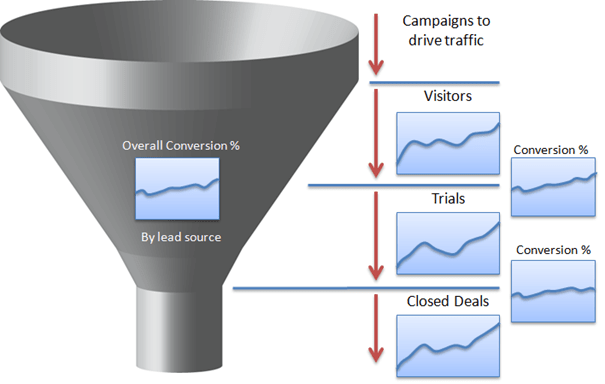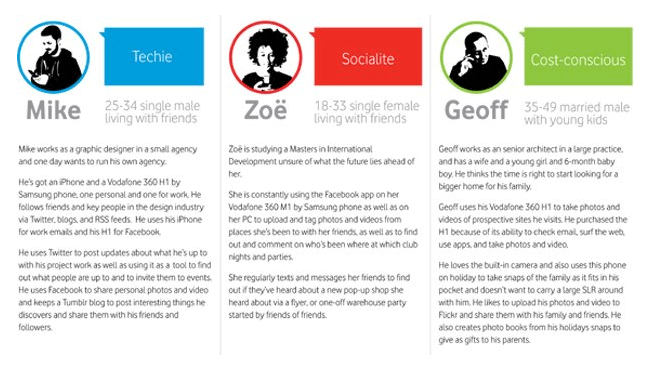60% of businesses today are online and they all use SaaS products in one way or another. SaaS is nowadays considered an important part of a company’s unhampered growth and success in the ever-changing market.
So, let us have a peek into why SaaS is getting popular and how it can help your business.
What Is SaaS?
SaaS, elaborated as Software as a Service, is software providing technology that enables users to access data stored on the cloud from any device, connected to the internet using a browser.
It helps businesses run their applications on the cloud version without having to worry about investing in their hardware.
It has been in the picture since the late 1990s and has been a proven cost-effective solution for businesses.
Further simplifying it, It is a software on demand which offers IT solutions over shared infrastructure usually deployed via the cloud network rather than owned separately by a particular business.
Never miss an update from us. Join 10,000+ marketers and leaders.
If you are looking at and thinking about why SaaS is so popular with businesses these days, then let’s dig into everything you need to know.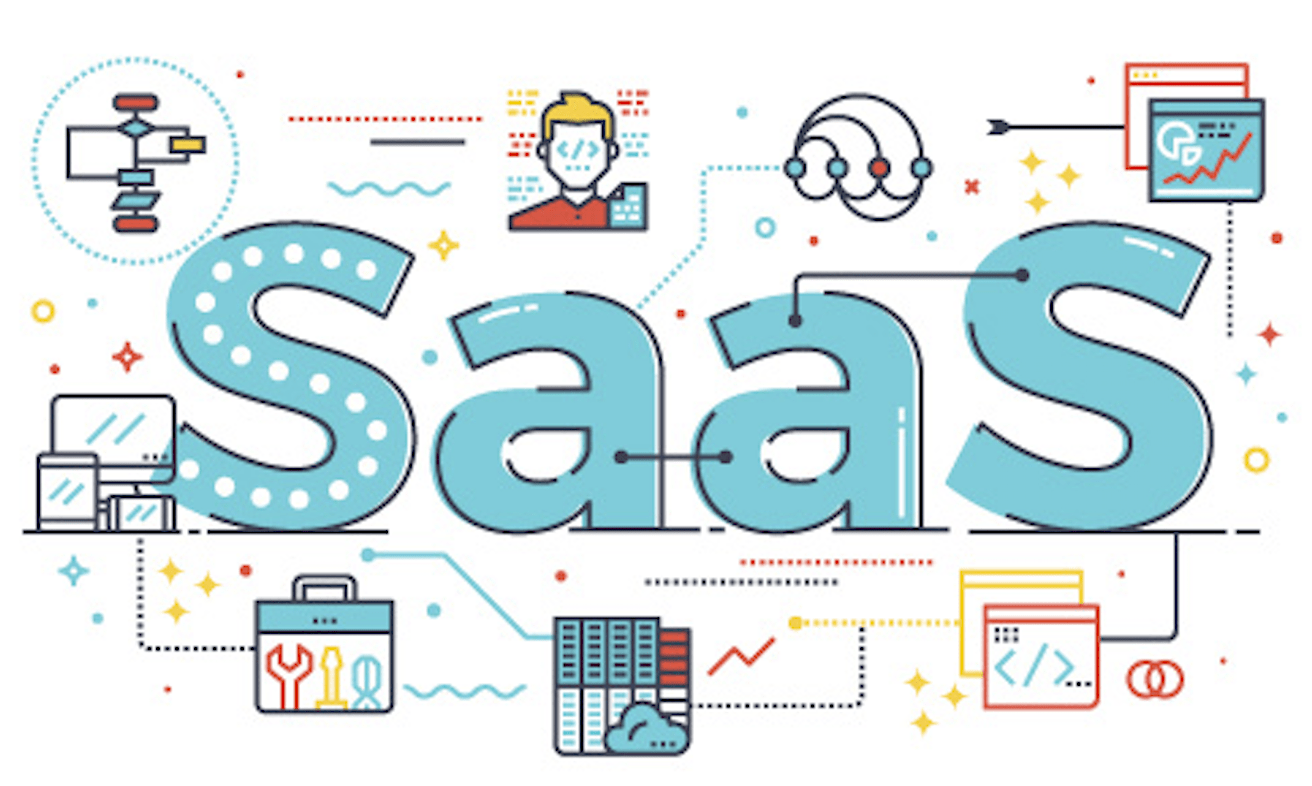
Here are some of the prominent reasons why businesses are going with SaaS:
Reduced Infrastructure Costs:
While you deliver your next software/project to your client using SaaS, you do not need to worry about all the key infrastructure it will require to run properly.
All infrastructural needs for your project are completely handled by your SaaS provider.
The providers are the one who are responsible for dealing with all the necessary infrastructural needs of your project.
The SaaS provider is also responsible for all the maintenance that your infrastructure will ever require during the time it is being used by you.
Low-Cost:
SaaS services are affordable for almost all businesses because SaaS providers charge businesses as per their usage. It is a cost-effective business solution as you only pay for the infrastructure you use.
As opposed to establishing the company’s infrastructure for the project, where costs can go sky-high and the resources might not get utilized to their extreme.
Trouble Free:
Every aspect of the infrastructure is handled by the SaaS provider, ranging from installations, maintenance, and upgrades, if needed all are taken well care of.
This results in almost no infrastructure related troubles for the business and ensures smooth working of it almost all the time. SaaS vendors always take care of their promises and try to handover their solutions in the designated time frames.
Fully Scalable:
As a business, we all want a service or infrastructure which we can expand and scale as per our needs.
When we run high on projects we would usually need more infrastructure for deployment and other parts of the project, whereas when the company is a little bit low on its workload, it requires less of everything.
SaaS helps you right away with this, when the company wants to scale up its storage capacities, it can be done quickly by just opting for a bigger plan, hence, eliminating all the needs of buying and implementing our infrastructure which can result in a lengthy process in time-critical businesses.
Unlimited Updates:
SaaS vendors usually take care of your software’s updates and also suggest and do upgrades as and when necessary, introducing you with the newest features in the market which can help you score big in your business.
You will always be in front, with all the latest patches and software updates delivered to you very easily and without any underlying complexities.
Secure:
SaaS vendors earn money based on the trust people have in their company. As the trust of people in SaaS companies increases, more people opt in to use the solutions provided by a SaaS company.
SaaS companies usually set up their data servers in such a way that they are geographically scattered. Scattering servers decreases the chances of security breaches and also provides more up-time to the customers.
While SaaS was on its progress stage, many companies held back off because they thought that SaaS was not fully secure.
But as time has passed SaaS has proved everyone wrong, and has emerged as a secure way for companies to use software and store their data.
Great Availability:
SaaS service providers always ensure that their systems are up and running all the time, most SaaS vendors have recorded uptime of 99%.
With this, all that you need to have is a computer connected to the internet to manage your tasks easily. This makes it particularly easy for everyone because a request is all you need to access the data.
So, what is the Future of SaaS in businesses?
Increased Productivity And Newer Apps:
Oracle’s reports show how widely GitHub’s user base grew between the users 2012 to 2018. It rocketed to 31 million users from a mere 5 million users in 2012.
This growth in user base points to only one direction, better and more proficient software developers, which have increased productivity and better ideas to deal with all the problems they are pitched with.
As a part of technological advancements taking place with SaaS, newer and more improved apps can come into the picture. SaaS will improve coding processes and the development tools indulged in it.
More Businesses Migrating To Cloud:
Today more and more businesses are starting to use cloud-based solutions for their workflows.
As the time comes, about 80% of businesses will migrate from the traditional, privately owned data warehouses to public cloud data warehouses, which will be a driving force to the companies of the future who want to implement and use different work cultures as well as for trying out different options for data storage.
Extensive Use Of AI And Machine Learning:
As per the reports of Oracle, 89% of people use voice assistants in one or the other way. AI-powered chat bots are used by companies to be connected with their customers always.
Are you looking for a SaaS developer
Companies no longer rely on management for critical decisions, rather they use AI to make efficient decisions by feeding in the most accurate data available for a specific decision.
Final Thought
SaaS is an evolutionary system, which will always help you in one way or the other as it has so many benefits. It is a service where you pay as per your usage, so it simplifies costs greatly for companies.
SaaS solutions offer integration and customization capacities for all types of users.
We ranked as “Top WordPress Developers in January, According to DesignRush“!
More and more businesses are now adopting SaaS platforms for their daily works and every other project. SaaS systems greatly decrease the complexities involved in deploying software projects.
These are some of the reasons why SaaS is getting popular with businesses these days.

